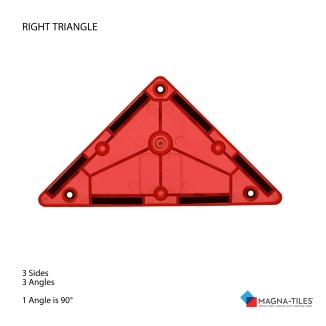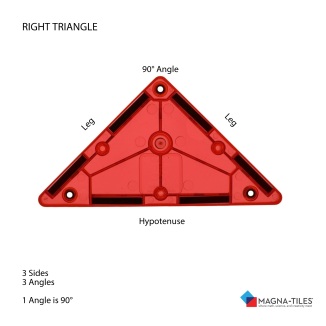We made a Magna-Tiles Wreath with Eight Right Triangles in the Shape of a Ring!

We often think of an assortment of leaves, flowers, twigs, and fruit as decoration hung on doors, trees, and houses around the holiday season. Are you familiar with the other definitions of Wreath? The first known use of the word is before the 12th century!
From Merriam-Webster.com, Wreath (noun) means:
- something intertwined or arranged in a circular shape: as
- A. a band of intertwined flowers or leaves worn as a mark of honor or victory
- B. a decorative arrangement of foliage or flowers on a circular base

2. something having a circular or coiling form
Play and LEARN with your children! Discuss where else you see circular shapes throughout your day! Make connections between math and the real world. Do any logos or objects with a Circular Shape come to mind? What about foods like a bagel or donut?!
Here are some ideas from Magna-Tects: an onion ring, the Chase Bank logo, the ring worn on your finger, rings of a tree, and the Olympic Rings!
Learn more about the word Wreath and view other flat, 2-D Shapes to make with Magna-Tiles!





 One right triangle is half of a square. We need four right triangles! Play and LEARN!
One right triangle is half of a square. We need four right triangles! Play and LEARN!






